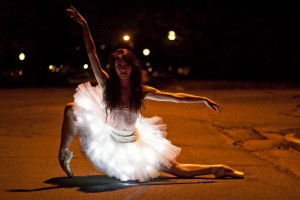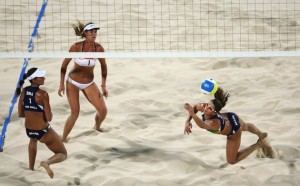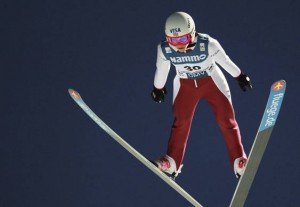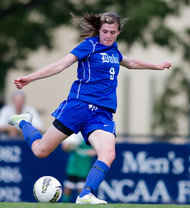If last summer was The Summer of the Stage Mothers, this summer is The Summer of Dance (although if you watched Oxygen's reality show The Next Big Thing about Trapper Felides, a famous children's performance coach in NYC, you would know the stage moms are still lingering-- as are the Dance Moms on Lifetime). Actually since 2005 I've associated the summer with dance. Why? That's when So You Think You Can Dance (SYTYCD) premiered. While some might say Dancing with the Stars is responsible for the revival of dance on television if you look at the dance styles featured on the show I think it's thanks to SYTYCD.
While SYTYCD is the original and will always hold a special place in my heart, lately I've found it a bit predictable (not unlike its sister show American Idol). In a sure sign of SYTYCD's success, one of its runners-up, Travis Wall (Season 2), now has his own show (although I feel like the show really jumped the shark last week when Nigel accused one of the choreographers of being mean like Abby Lee Miller and they then cut to a shot of her in the audience). Like The Next Big Thing, All the Right Moves airs on Oxygen starting July 31. Nick Lazzarini, the first winner of SYTYCD, also is featured on the show and I can't wait to see some of my favorite dancers onscreen again.
This summer I discovered some new favorite dancers thanks to The CW's Breaking Pointe (a real-life version of Center Stage [for the true pop culture fans out there, I laugh every time "Jody Sawyer and her bad feet" show up on my screen in Pretty Little Liars, my other guilty pleasure of the summer]), a docu-reality series about a set of dancers in Salt Lake City's ballet company Ballet West. I especially loved Beckanne Sisk; she also apparently appears in the dance documentary of the summer, First Position, which I sadly have not yet been able to see because of the Little Man, but I can't wait to see it! I mean, who wouldn't love these feet?
I found this article from Dance Magazine on Ballet West's decision to allow cameras in to be quite interesting-- and a commentary on the need for the arts today to find innovative sources of audience members and money in today's constrained environment.
While I love that I get to see Broadway star Sutton Foster on my TV screen once a week thanks to the new ABC Family Show Bunheads (not at all related to the book Bunheads by Sophie Flack I reviewed a few months ago) it's clear that TV and its money is still a draw even for the biggest stars of the Great White Way. The show itself is a bit farcical, but I've enjoyed seeing the likes of Gary Janetti (who can forget the Les Mis flashmob he gifted his boyfriend Brad Goreski?!) and some talented young dancers/actresses. I only wish they would let Sutton do THIS more often:
Finally, that old standby TLC has been getting in on the dance action. Last month they aired a new special on Irish dancing (not the fun documentary, Jig, I reviewed last fall), which you can watch in its entirety on YouTube by following this link. [The New York Times Magazine got in on the act too last month, with this provocative spread on Irish dancers.] At their fall upfronts TLC announced they are filming their own reality show based on competitive Irish dance in the US. And they're trying out a competitive kiddie cheer show. Last week they aired Cheer Perfection starring the Dunlaps, who have been on Toddlers & Tiaras. Another crossover network star a la Honey Boo Boo Child, apparently. TLC doesn't have to pay for much show development when their shows just spin-off more and more interesting series... By the way, looks like these cheer moms in Arkansas give the Pittsburgh dance moms a run for their money in the crazy race, though they don't seem to approach the levels of the Texas cheerleader murdering mom. Yet.
While it's been my summer of dance thus far in less than two weeks most of my attention will be focused on Olympic sports. I'm especially excited about gymnastics, as you might expect-- though I wish that some of the gymnasts would learn some better dance skills. What has been your favorite dance show of the summer and which Olympic event/athlete are you most looking forward to watching?







